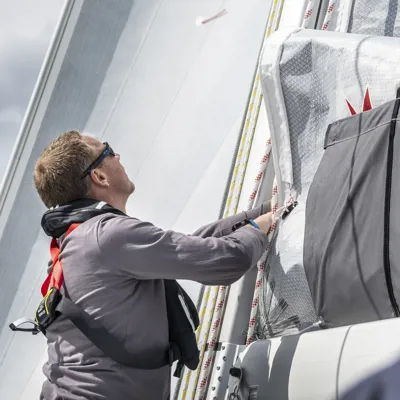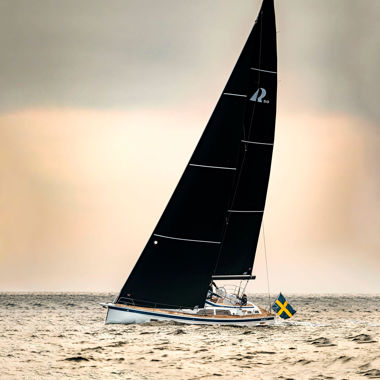
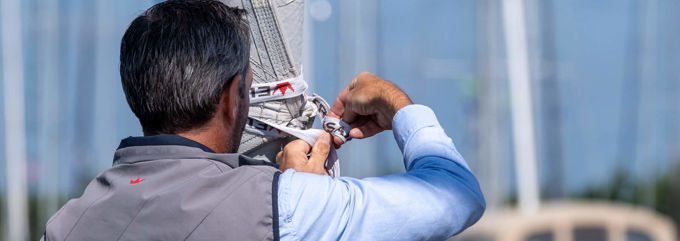

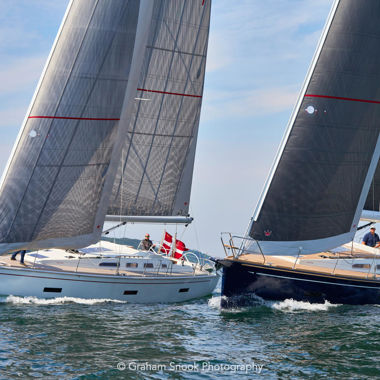
Sail Types
All sail types and the differences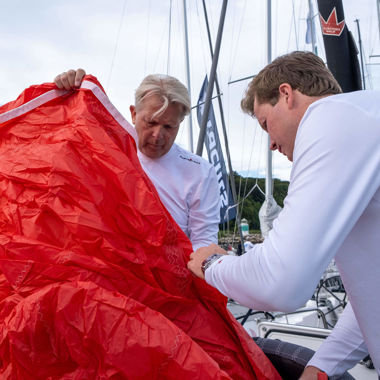
Sail Materials
Discover our world of sailcloths and materialsJoin our World
We are passionate about innovation, technology, sail design, materials - and much more. If you love all details about sailing too, join us.
Innovation has always been a driving force at Elvstrøm Sails. Paul Elvstrøm's reputation was built on his ability as an innovator - and today our Research and Development department is still setting new standards for sails.
"If you want to win, you can afford no compromises. An Elvstrøm sail never compromises. Because it contains the philosophy of a man who thrilled the world as a sporting sailor. A philosophy to which we are still committed today,"
Jesper Bank.
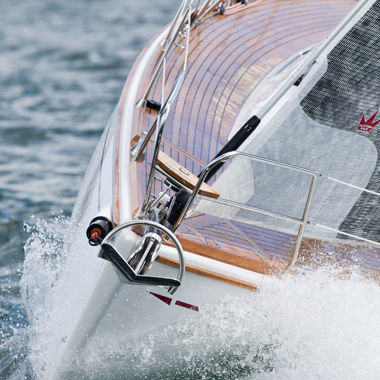
EPEX Technology
Our EPEX technology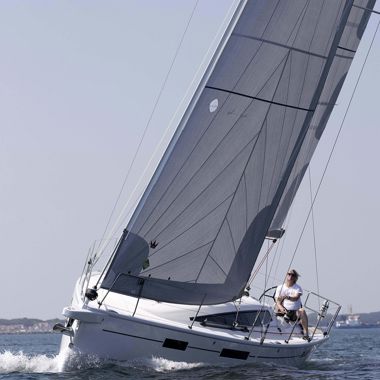
Laminate Sail Materials
Discover our world of laminate sail materials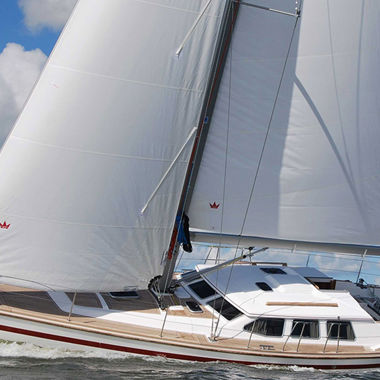
Woven Sail Materials
Dive into a world of woven sail materialsDid you not find what you were looking for?
